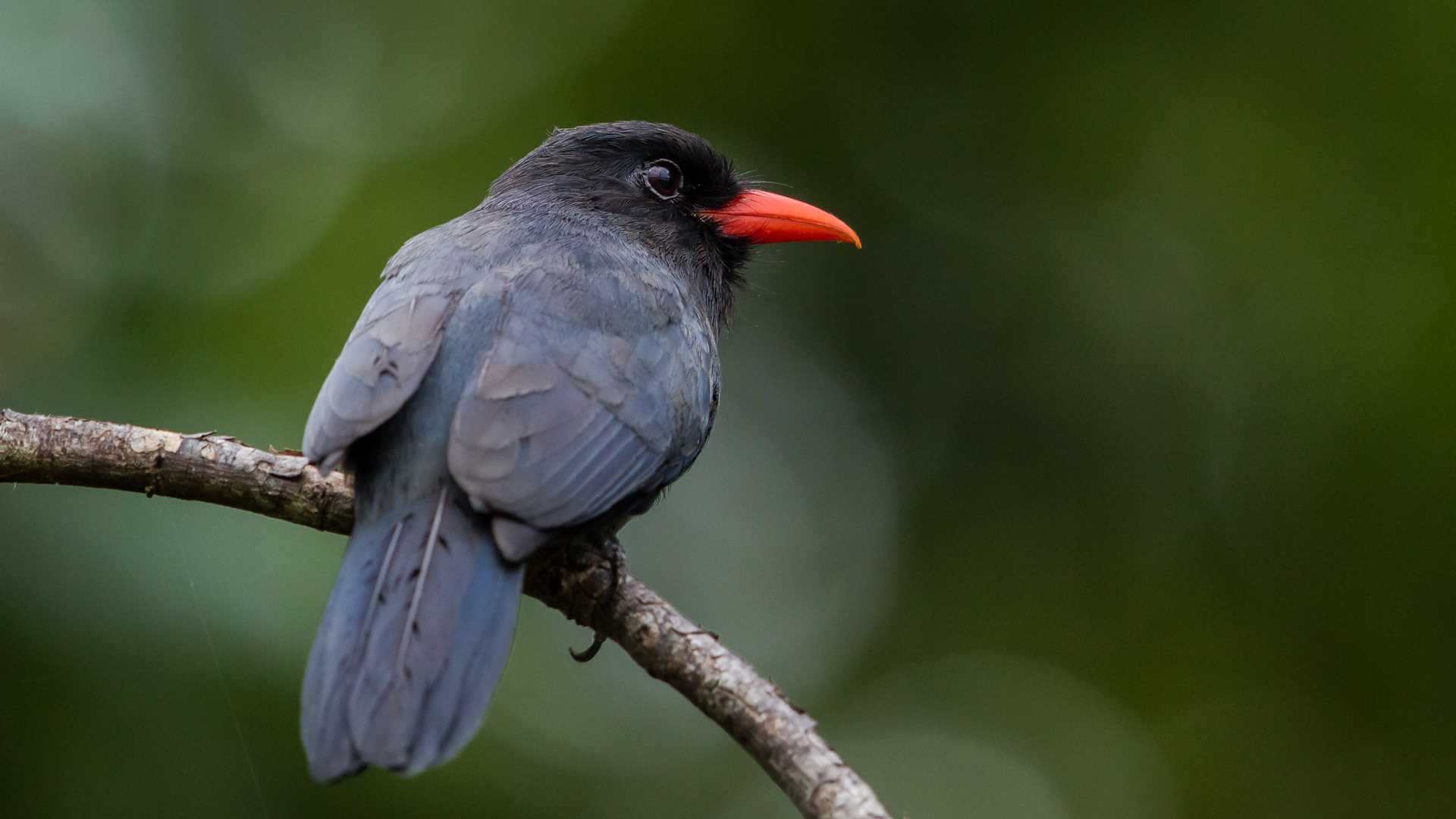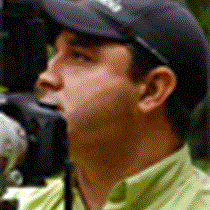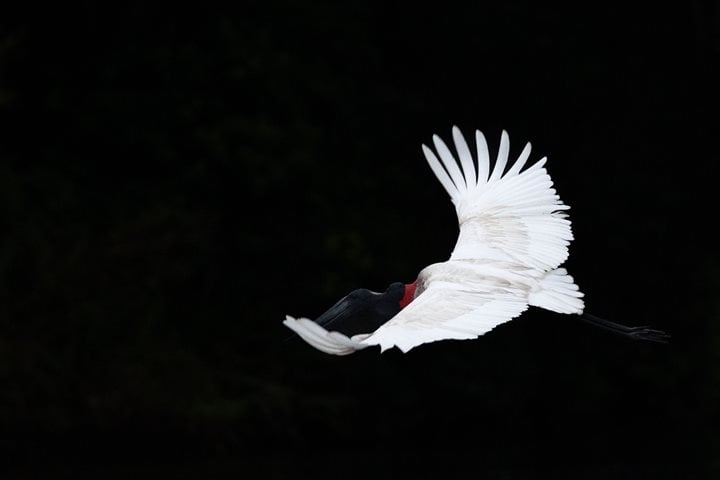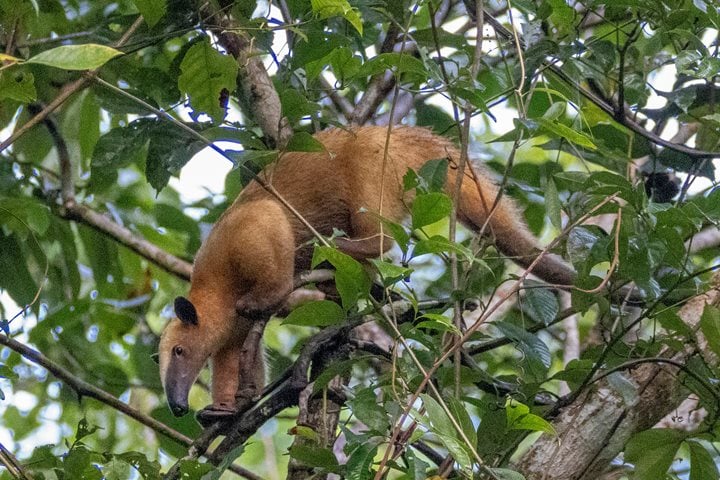Our last day exploring the Pacaya Samiria Reserve started with a lovely sunrise over the Ucayali River. A lush forest with tall trees covered with vines and epiphytes could easily be seen from the Delfin II. We ate our breakfast fast and we geared up. It was time to explore this flooded forest of Iricahua.
At the entrance of the trail, the number of blooming Amazonian lilies gave us a feeling of waking in a garden. Several strangler fig trees were spotted. Several old vines were also found in this trail. These vines looked like tree trunks giving us the idea that they had been there for many years and had seen a lot of floods. We felt so small next to the huge fig trees. Close to our feet, different species of toads hid in the leaf litters. There was so much to see and enjoy on this small trail. The birders among us were able to spot Varzea schiffornis, great antshrikes, red-throated caracara and several species of barbets.
Back on board we cruised to our last destination of our voyage. Along the way we could see how year after year, the river changes its course. We could also see how the topography of the area changes year after year because of the floods. The people of the Upper Amazon take advantage of the low-water seasons to plant their crops along the river banks since the soil is left with a lot of nutrients after the floods.
We soon arrived at the Puerto Prado Community. Happy to see us, the villagers greeted us with traditional Cocama music and dances. The inhabitants of this small village belong to the Cocama ethnic group, ancient dwellers of the Amazon Basin. They allowed us to visit their homes and led us to a pond loaded with Victorias regias lilies. The villagers showed us their cooking tools and gave us small demonstrations, which helped us learn more about their lifestyle. Before leaving we had the chance to see some local handicrafts, including art pieces made of chambira fiber. In trying to preserve their culture, the people of the Puerto Prado Community are teaching their children the local dialect and the art of fishing, hunting and other daily activities.
It was a great way to finish our exploration of the Upper Amazon. It had been seven days of learning how people dwell in harmony with the forest. Now, we return back home with a different way to see life.









